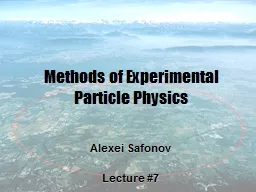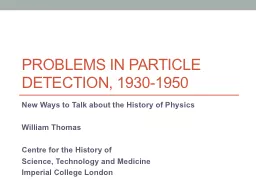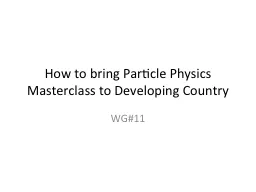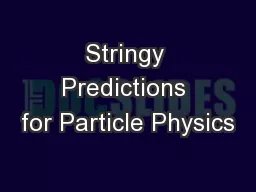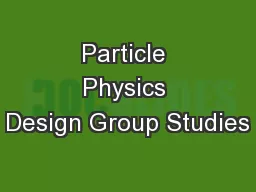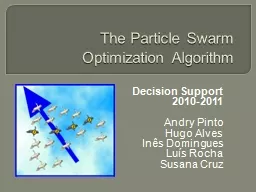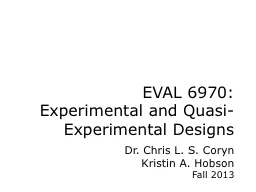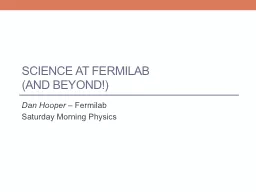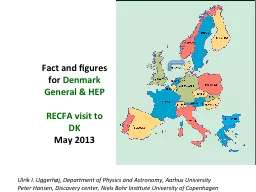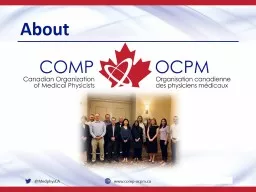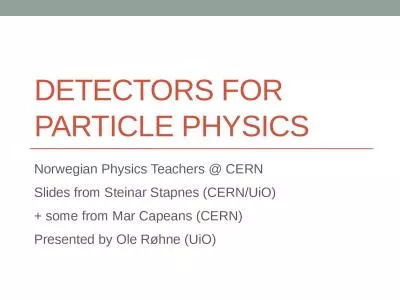PPT-1 Methods of Experimental Particle Physics
Author : test | Published Date : 2020-01-15
1 Methods of Experimental Particle Physics Alexei Safonov Lecture 7 Last Time We wrote the electroweak lagrangian Found a way to introduce the asymmetry between
Presentation Embed Code
Download Presentation
Download Presentation The PPT/PDF document "1 Methods of Experimental Particle Physi..." is the property of its rightful owner. Permission is granted to download and print the materials on this website for personal, non-commercial use only, and to display it on your personal computer provided you do not modify the materials and that you retain all copyright notices contained in the materials. By downloading content from our website, you accept the terms of this agreement.
1 Methods of Experimental Particle Physics: Transcript
Download Rules Of Document
"1 Methods of Experimental Particle Physics"The content belongs to its owner. You may download and print it for personal use, without modification, and keep all copyright notices. By downloading, you agree to these terms.
Related Documents

